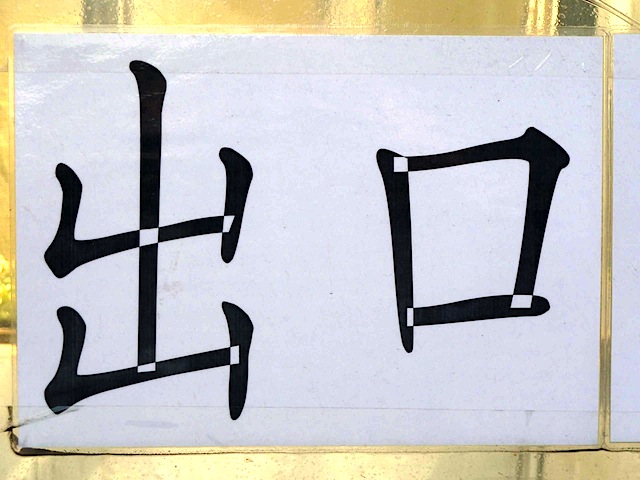When transliterating Japanese text using Latin characters, there are three systems or methods for doing so. Of these, the Hepburn system (ヘボン式 hebon shiki) is the most commonly used one, and differs in one important way: long vowels are represented with a macron (U+00AF MACRON or U+0304 COMBINING MACRON) diacritic. Almost all signage in Japan that includes transliterated text, such as in train and subway stations, uses the Hepburn system. However, if we look back to the 1990s and earlier, it was not common to include glyphs for macroned vowels in fonts, whether they were for Latin or Japanese use.
The two other systems, the Kunrei system (訓令式 kunrei shiki) and the Nippon system (日本式 nippon shiki), represent long vowels with a circumflex (U+005E CIRCUMFLEX ACCENT or U+0302 COMBINING CIRCUMFLEX ACCENT) diacritic. It was common for Latin fonts to include glyphs for circumflexed vowels, meaning U+00C2/U+00E2 (Ââ), U+00CA/U+00EA (Êê), U+00CE/U+00EE (Îî), U+00D4/U+00F4 (Ôô), and U+00DB/U+00FB (Ûû), by virtue of being included in ISO/IEC 8859-1 (aka Latin 1). However, due to limitations of Shift-JIS encoding, even Japanese fonts did not include glyphs for these characters.
Continue reading…


